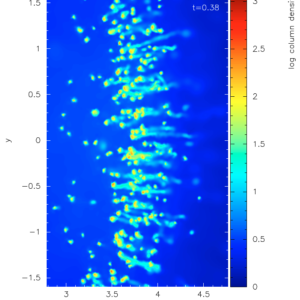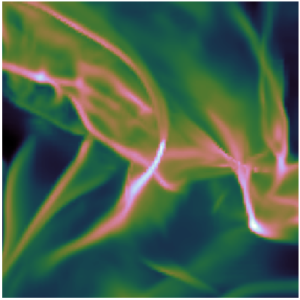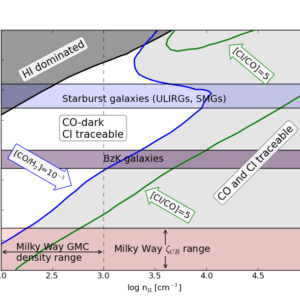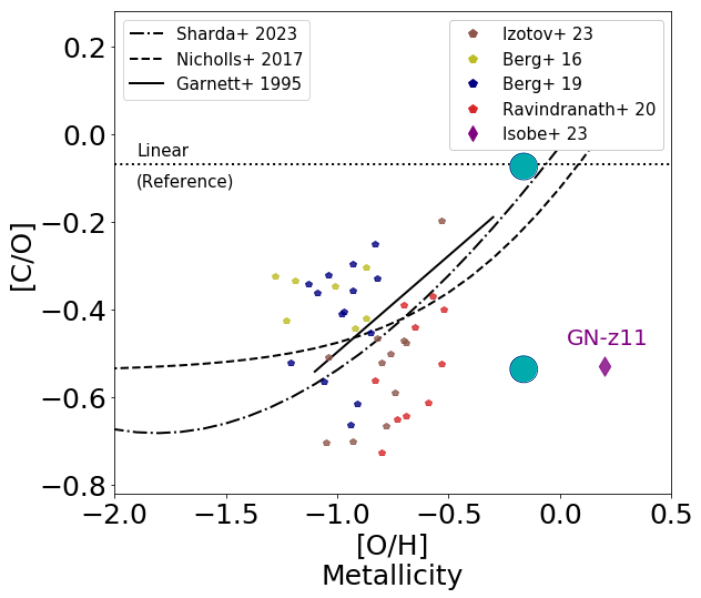
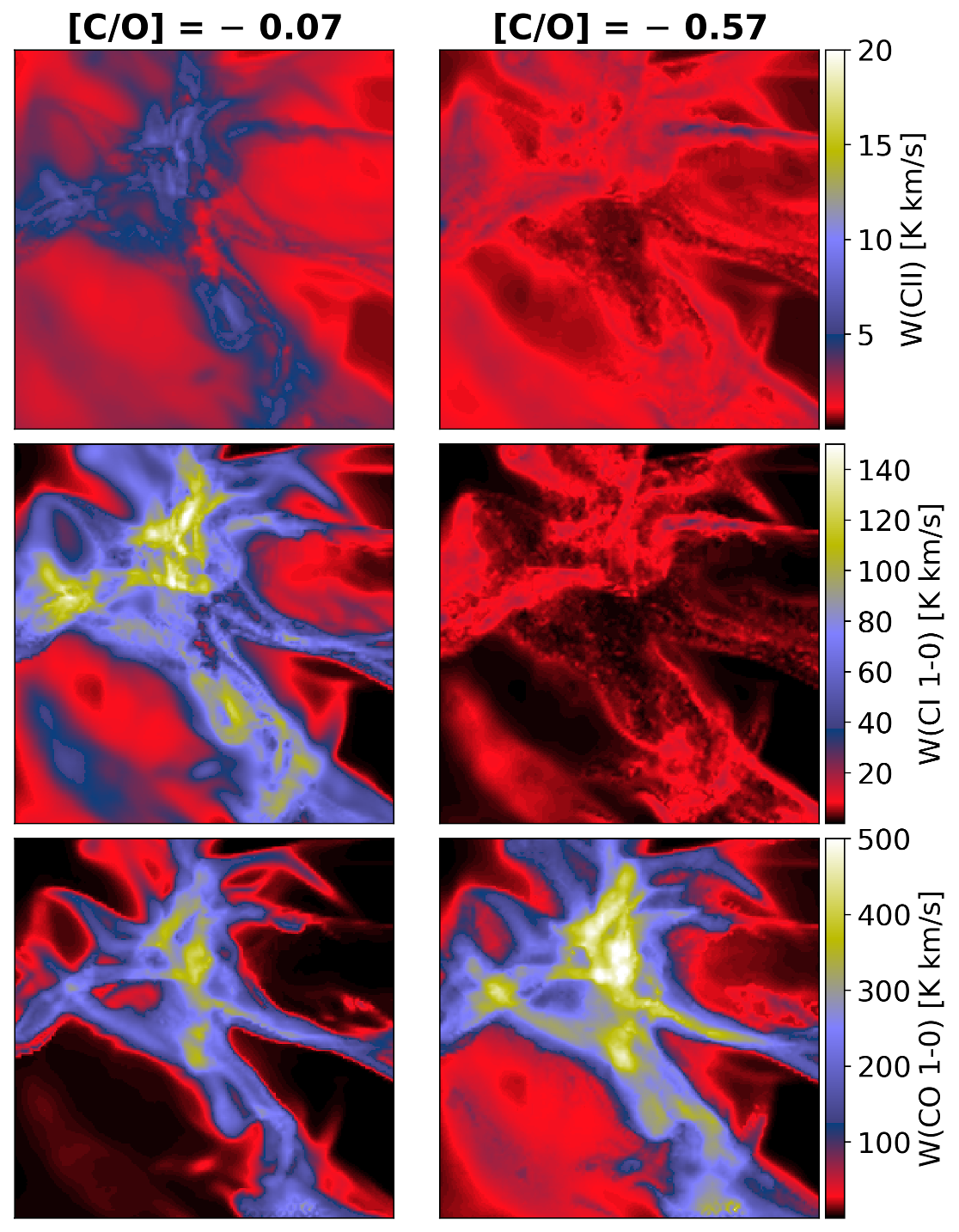
Astrochemistry has been widely developed as a power tool to probe the physical properties of the interstellar medium (ISM) in various conditions of our Galaxy, and in near and distant galaxies. Most current studies conventionally apply linear scaling to all elemental abundances based on the gas-phase metallicity. However, these elements, including carbon and oxygen, are enriched differentially by stellar nucleosynthesis and the overall galactic chemical evolution, evident from α-enhancement in multiple galactic observations such as starbursts, high-redshift star-forming galaxies, and low-metallicity dwarfs.
The 16O (O-16) isotope is mostly synthesized from 12C and α particles (i.e. Helium nucleus), through the reaction of 12C(α,γ)16O, which has a low reaction rate in low-temperature hydrostatic He-burning. The major producer of 16O is the short-lived massive stars with mass >8Msun. Through type-II supernovae explosions, oxygen is almost always released back to the ISM within in a short period of time.
The 12C (C-12) isotope, on the other hand, is synthesized through the triple-α capture process during the He-burning stage, in which three α particles are synthesized to the Hoyle state of 12C. Apart from massive stars, carbon is also and mainly produced in low- and intermediate-mass stars (1<M<8 Msun), which live much longer than the first ones. Carbon is released into the ISM through type Ia supernovae and through the Asymptotic Giant Branch stars. This delay in the release compared to oxygen, makes the C/O ratio to decrease throughout the chemical evolution period, allowing also astronomers to use it as a clock.
Based on all the above, we performed astrochemical modelling to simulate the impact of an α-enhanced ISM gas cloud on the abundances of the three phases of carbon (C+, C, CO) dubbed as the “carbon cycle”. We find that in galaxies with low C/O ratios, CO, C and C+ all decrease in both abundances and emission, though with differential biases. The low-J CO emission is found to be the most stable tracer for the molecular gas, while C and C+ trace H2 gas only under limited conditions, in line with recent discoveries of [CI]-dark galaxies. We call for caution when using [CII]158μm and [CI](1-0) as alternative H2-gas tracers for both diffuse and dense gas with low C/O ratios.
The above figure show an example of our findings. The left panel shows the observational trend as metallicity lowers (coloured points indicate galaxies). With larger turquoise circles, we indicate the ISM abundances for the two models appearing on the right panel. In that panel, from top to bottom we see the velocity integrated emission of [CII], [CI](1-0) and CO(1-0). As can be seen, by reducing the carbon abundance (alone) we find that both emissions of [CII] and [Ci](1-0) are severely decreased whereas CO(1-0) increases.
Key publication
